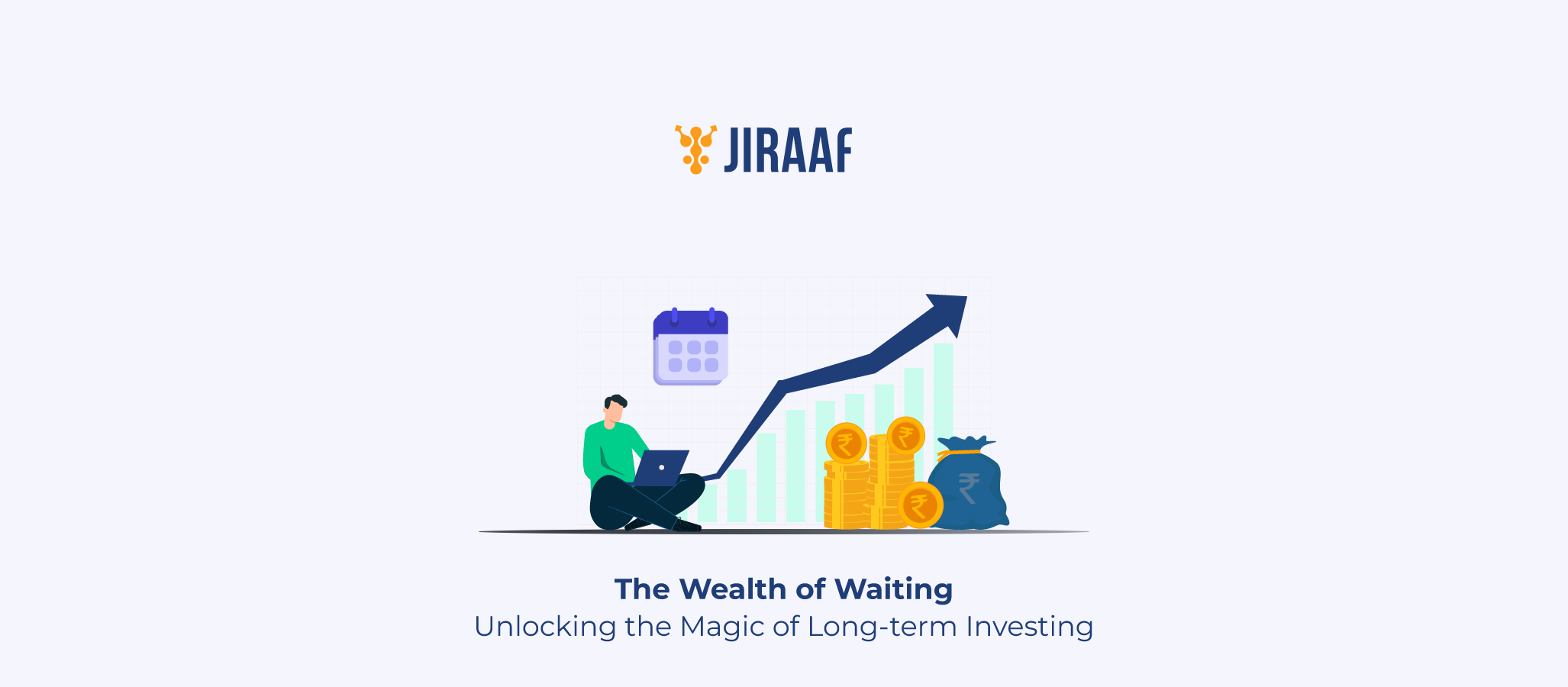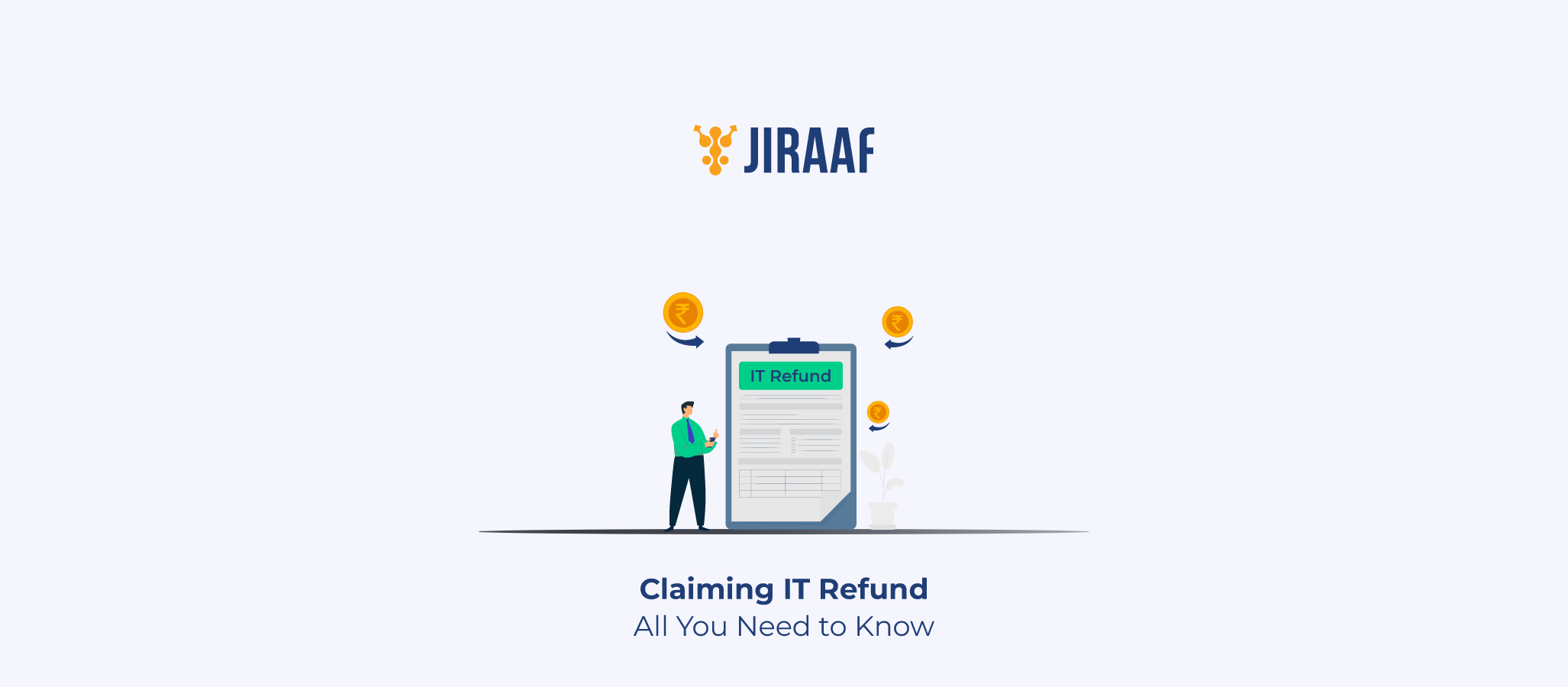We live in the age of instant everything. Instant noodles, instant coffee, instant swipes. So, when someone tells you that the best way to grow your money is to wait for years, your first instinct might be to laugh, roll your eyes, or both.
But here’s the thing when it comes to building real wealth—the kind that lets you retire early, travel freely, or simply sleep better at night—long-term investing is your best friend.
It’s not flashy or fast, but it works consistently and reliably, and in a world full of financial noise and risky “opportunities,” that kind of boring brilliance is a rare gem.
So, let’s unpack why patience isn’t just a virtue in life, but also in investing.
What Is Long-term Investing?
At its core, long-term investing is about putting your money into assets like stocks, mutual funds, ETFs, bonds, or even real estate, and leaving it there, not for a week or a quarter, but for years or even decades.
Think of it as the financial equivalent of planting a mango tree. You water it, care for it, and wait for it to grow patiently. One day, it gives you shade and fruit. But if you keep digging it up every month to check the roots, well, good luck with that fruit.
Long-term usually means five years or more. But depending on your goals—funding your child’s education, buying a house, or retirement—it could stretch over 10, 20, or even 40 years.
And no, you don’t need to be an expert stock picker or sit glued to CNBC. You just need to understand the basics, trust the process, and give your money room to grow.
How Long-term Investing Works
Let’s say you invest ₹1,00,000 in a mutual fund that gives you an average annual return of 10%. That doesn’t mean you earn exactly 10% every year—some years it might be 7%, others 15%, maybe even -5%. But over a long-time frame, it averages out.
Now, after 1 year, your investment is worth ₹1,10,000. The next year, you earn 10% on ₹1,10,000—not just on your original ₹1,00,000. That’s called compounding—interest earning interest. (Kind of like making money while you sleep, literally.)
For example, if you start investing with ₹1,00,000:
In 5 years: ₹1,61,000
In 10 years: ₹2,59,000
In 20 years: ₹6,72,000
In 30 years: ₹17,44,000
In 40 years: ₹45,25,000
From just one lakh.
That’s the magic of time and patience. And the earlier you start, the better (because time is the one thing even money can’t buy more of).
Key Benefits of Long-term Investments
Now that you know how it works, here’s why it works so beautifully:
1. Compounding
Albert Einstein called compounding the eighth wonder of the world, because it creates money exponentially, and can create a substantial corpus from small amounts.
You don’t just earn on your investment. You earn on your earnings. And the longer you let it run, the bigger the snowball of your corpus. Worthy of its name, isn’t it?
2. Lesser Risk
Yes, markets are volatile. Yes, your investments will go up and down. But here’s what most people miss: the longer you stay invested, the lower your chances of losing money.
If you have held a diversified portfolio of equities for one year, you could’ve seen returns ranging from -30% to +50%. But over 10–15 years, the range tightens. There has not been a single 15-year period, where equities have failed to deliver positive returns. If you are a more conservative investor, having a significant weightage of your portfolio in bonds could be the way to go for you.
3. Lower Taxes and Fewer Fees
In India, long-term capital gains (LTCG) on equity investments are taxed at just 12.5% (beyond ₹1.25 lakh per year), compared to short-term capital gains at 20%. Debt investments held over 3 years also benefit from indexation.
Plus, if you’re not constantly buying and selling, you pay less in brokerage and transaction fees.
4 Long-term Investment Strategies That Work
Here are four solid strategies that work like a charm (even if you’ve never taken a finance class in your life).
Diversify for Long-term Stability
Stocks are great for long-term growth. Bonds provide stability. Gold is a good hedge. Real estate offers tangible value. International funds offer currency diversification.
Mix them based on your age, goals, and risk appetite. That way, when one asset class is going through a rollercoaster phase, other investments help keep your portfolio afloat.
Practice Dollar-cost Averaging
You’ve probably heard the phrase, “Buy low, sell high”. But let’s be honest—who actually knows when the market is low?
That’s why dollar-cost averaging (DCA) is such a lifesaver. You invest a fixed amount (say ₹5,000 or ₹10,000) every month, regardless of market conditions. Some months you’ll buy high, some months low—but over time, your cost averages out (SIP in mutual funds is DCA in disguise).
Periodically Rebalance your Portfolio
Let’s say you start with a 70:30 equity-debt ratio. A few years later, equities soar and now make up 85% of your portfolio. That’s riskier than you originally planned.
Rebalancing means bringing your allocation back to target by selling a bit of what’s gone up and buying what’s lagging.
Pro tip: Set a calendar reminder to do this once a year, like an annual financial checkup.
Warren Buffett’s Long-term Playbook
If long-term investing had a mascot, it would be none other than Warren Buffett (with a Coke in one hand). He reached the $1 billion net worth mark when he was 55 years old, which might lead you to think what’s so special about it. But almost 40 years later, he has amassed a net worth of more than $168 billion (as of May 2025). An exponential rise of 170x!
These are his tips for retail investors starting their investment journey:
- Buy quality companies with strong fundamentals
- Hold them for long durations (of course, after doing your due diligence to ensure your investments are on the right track)
- Avoid making irrational decisions based on market noise
Follow his mantra: “Our favorite holding period is forever”. Although this might be an exaggeration, and Mr. Buffett also rebalances his portfolio from time to time, it is undeniable that he is living proof of what smart long-term investing can do.
How to Start Your Long-term Investment Journey?
Set Clear Financial Goals
First, figure out why you’re investing.
Is it for retirement at 60? Your dream home at 40? Or for kid’s college at 18? Knowing your timeline helps you pick the right assets — equities for long-term growth, debt for stability, gold for emergencies, and so on.
Know Your Risk Tolerance
Be honest with yourself—how do you react to loss?
If you can handle market swings without losing sleep, you can go heavier on equities. If you tend to panic at a 10% dip, build in more debt instruments or conservative funds. Risk tolerance isn’t about bravery. It’s about self-awareness.
Start Early & Stay Consistent
You don’t need a fat paycheck. Start with ₹1,000 or ₹2,000 a month, automate it in the form of SIPs and keep on increasing it as your income grows.
Don’t wait for the “perfect time”, because spoiler alert, there isn’t one. The market will always feel uncertain. That’s why consistency beats timing.
Monitor Without Overreacting
Review your portfolio twice a year, or if you love number crunching and want to stay on top of investments, you could do it once every quarter. Rebalance if needed, check if your goals or risk appetite have changed, otherwise, leave it alone.
Final Thoughts: Patience Is a Great Investment Ally
Here’s the truth no one tells you upfront, wealth-building isn’t as exciting as some people drum it up to be.
When you invest for the long haul, you’re not trying to win a race. You’re building a bridge, one that takes you from where you are now to the life you truly desire. Whether that’s early retirement, a beach house, or sending your kids abroad, long-term investing can get you there.
But here’s the catch: it only works if you stay the course. You’ll see dips. You’ll hear scary news. But if you manage to build a solid, diversified portfolio and you stay consistent—even when it’s boring—you’ll come out ahead. Time and again, it’s the patient investors who win at the end.
So instead of chasing the next hot stock or trying to time the market like a, do this:
- Set your goals
- Pick your strategy
- Invest consistently
- And lastly, give it time
So go on, plant those seeds, be patient, water them regularly, trim some unwanted weeds, and one day, you’ll look back and realize that quiet, steady patience was the smartest financial move you ever made.
FAQs
Is 5 Years Considered Long-Term?
Yes, in most cases, 5 years is considered the starting point of long-term investing. However, the longer you stay invested—10, 20, or even 30 years—the greater the benefits from compounding and reduced risk.
How Much Should I Invest Long-term?
There’s no fixed amount, it depends on your income, goals, and expenses. A good rule of thumb is to invest at least 20% of your monthly income. Start small if needed and increase it as your income grows. Consistency matters more than the amount.
What’s the Best Way to Invest for the Long Run?
The best way is to invest consistently in a diversified portfolio—like mutual funds, index funds, or ETFs—based on your risk tolerance and goals. Use SIPs, stay invested through market ups and downs, and review your portfolio yearly.
Discover fixed income investments with Jiraaf, a SEBI registered online bonds platform that educates and brings access to a wide array of bonds. Sign up today to explore diversified fixed income investment opportunities to support your goal-based wealth creation journey. Start investing!




